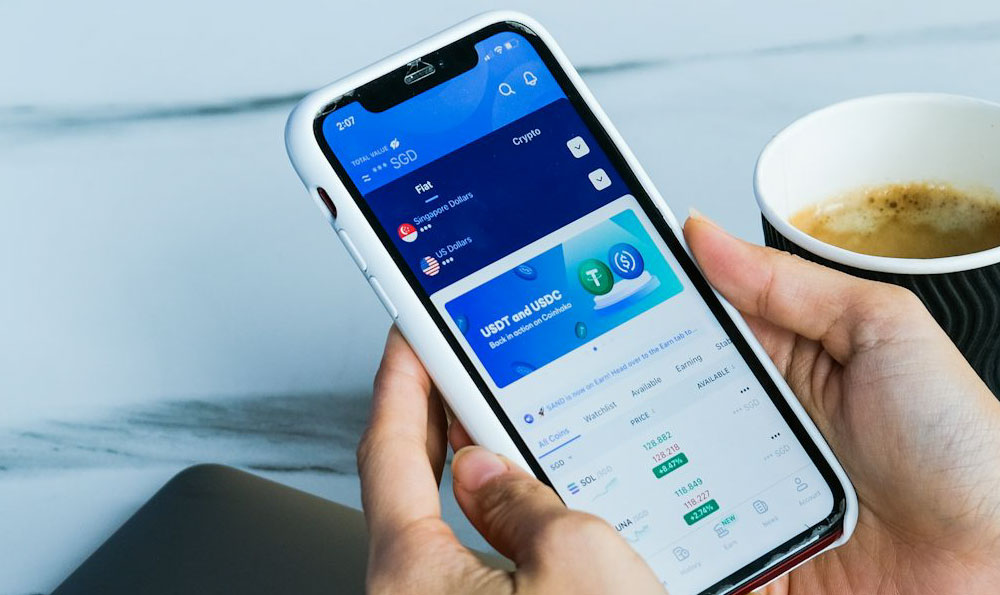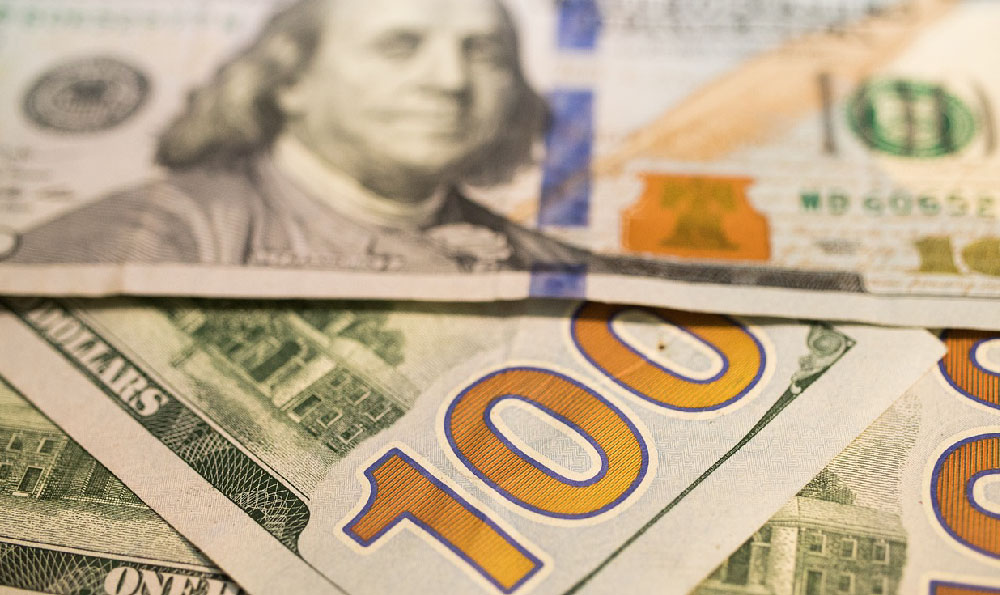The allure of Spotify as a revenue stream for musicians is undeniable in today's digital age. However, the reality of translating streams into substantial income is often far more complex than many aspiring artists anticipate. While Spotify provides a global platform to reach millions of listeners, understanding the intricacies of its royalty system, leveraging effective promotional strategies, and diversifying income sources are crucial for success.
One of the primary factors influencing earnings on Spotify is the platform's per-stream royalty rate. This rate isn't fixed but fluctuates based on various factors including the listener's location, subscription type (premium vs. free), and Spotify's overall revenue. Generally, the payout per stream is relatively low, often amounting to fractions of a cent. This means that achieving significant income solely through Spotify streams requires generating an enormous volume of plays. For example, an artist might need hundreds of thousands, even millions, of streams to earn just a few thousand dollars. This highlights the importance of building a large and engaged fanbase who actively listen to an artist's music regularly.
Beyond the per-stream rate, the distribution process plays a vital role. Most artists don't directly upload their music to Spotify; instead, they utilize distribution services. These services act as intermediaries, delivering music to Spotify and other streaming platforms while also handling royalty collection and payouts. However, these distribution services typically charge fees or take a percentage of royalties. Selecting the right distributor with transparent pricing and efficient royalty collection is essential for maximizing earnings. Some popular distribution options include DistroKid, TuneCore, and CD Baby, each offering different pricing structures and features that cater to artists at various stages of their careers.

Effective promotion is absolutely crucial for driving streams and increasing visibility on Spotify. Organic growth can be slow and unpredictable, so proactive marketing efforts are necessary. This includes utilizing social media platforms like Instagram, TikTok, and YouTube to promote music, engage with fans, and build anticipation for new releases. Creating engaging content, such as behind-the-scenes videos, lyric videos, and interactive Q&A sessions, can help capture audience attention and encourage them to listen on Spotify.
Furthermore, leveraging Spotify's own promotional tools can significantly boost streams. Submitting music to Spotify's editorial playlists is a highly coveted opportunity. These playlists are curated by Spotify's editorial team and can expose an artist's music to vast numbers of potential listeners. While securing a spot on a major editorial playlist is competitive, focusing on creating high-quality music and strategically pitching to relevant smaller playlists can increase the chances of discovery. Spotify for Artists provides tools to submit music for playlist consideration and track performance metrics, offering valuable insights into audience demographics and listening patterns.
Another powerful promotional tactic is to collaborate with other artists. Co-writing, featuring on each other's tracks, and cross-promoting music to each other's fanbases can significantly expand reach and introduce new listeners to an artist's work. Choosing collaborations strategically, focusing on artists with similar genres and audiences, can maximize the impact of these partnerships.
While Spotify can contribute to an artist's income, it's often not sufficient to be the sole source of revenue. Relying solely on streaming revenue can be financially unsustainable, especially for emerging artists. Diversifying income streams is crucial for long-term financial stability. This can include a variety of avenues, such as selling merchandise, offering online courses or tutorials, licensing music for film, television, or video games, and engaging in crowdfunding campaigns.
Live performances remain a vital source of income for many musicians. Performing live allows artists to connect directly with their fans, sell merchandise, and build a loyal following. Promoting live shows effectively, utilizing social media, email marketing, and local media outlets, can help attract larger audiences and increase revenue. In addition to traditional live performances, artists can explore virtual concerts and live streaming events to reach a wider audience and generate income through ticket sales, donations, or sponsorships.
Building a strong brand is also essential for long-term success. An artist's brand encompasses their unique identity, style, and values. Developing a consistent brand across all platforms, from social media to website design, can help create a recognizable and memorable image that resonates with fans. A strong brand can also attract opportunities for endorsements, sponsorships, and partnerships, further diversifying income streams.
Ultimately, succeeding on Spotify and translating streams into meaningful income requires a multifaceted approach. It involves understanding the platform's royalty system, leveraging effective promotional strategies, diversifying income streams, and building a strong brand. While the path to financial success as a musician in the digital age is challenging, with dedication, strategic planning, and a willingness to adapt, artists can harness the power of Spotify and other platforms to build sustainable careers and achieve their creative goals. The key is to view Spotify as one piece of a larger financial puzzle, rather than the entire solution.












